Growth of Electric and Autonomous Vehicles
The Automotive Suspension and Handling Market is poised for transformation due to the rapid growth of electric and autonomous vehicles. As these vehicles become more prevalent, there is a corresponding need for advanced suspension systems that can accommodate their unique weight distribution and handling characteristics. Electric vehicles, in particular, often require specialized suspension solutions to optimize performance and ride quality. Market analysis indicates that the electric vehicle segment is expected to account for a significant share of the overall automotive market, with projections suggesting a growth rate of over 20% in the coming years. This shift is likely to drive innovation within the Automotive Suspension and Handling Market, as manufacturers develop tailored solutions for this emerging segment.
Regulatory Standards and Safety Requirements
The Automotive Suspension and Handling Market is significantly influenced by stringent regulatory standards and safety requirements. Governments across various regions are implementing regulations that mandate improved vehicle safety features, including advanced suspension systems. These regulations aim to enhance vehicle stability and reduce the risk of accidents, thereby increasing the demand for high-quality suspension components. For instance, the implementation of crash test standards has led manufacturers to invest in better suspension technologies that can absorb impact forces more effectively. As a result, the market for suspension systems is expected to expand, with a projected growth rate of around 5% annually as manufacturers adapt to these evolving safety standards.
Rising Demand for Enhanced Vehicle Performance
The Automotive Suspension and Handling Market is experiencing a notable increase in demand for enhanced vehicle performance. Consumers are increasingly seeking vehicles that offer superior handling, stability, and ride comfort. This trend is driven by the growing awareness of the importance of suspension systems in overall vehicle dynamics. According to recent data, the performance suspension segment is projected to grow at a compound annual growth rate of approximately 6% over the next five years. This growth is indicative of a broader shift towards performance-oriented vehicles, which necessitates advanced suspension technologies. Manufacturers are responding by innovating and integrating sophisticated suspension systems that cater to these consumer preferences, thereby propelling the Automotive Suspension and Handling Market forward.
Technological Innovations in Suspension Systems
The Automotive Suspension and Handling Market is significantly driven by technological innovations in suspension systems. Advancements such as adaptive suspension technology, which adjusts the damping characteristics in real-time, are becoming increasingly popular among consumers. These innovations not only enhance ride comfort but also improve vehicle handling and stability. Market Research Future indicates that the adaptive suspension segment is expected to grow at a compound annual growth rate of around 8% over the next five years. This growth is indicative of a broader trend towards integrating smart technologies into vehicles, which is likely to further propel the Automotive Suspension and Handling Market as manufacturers strive to meet consumer expectations for advanced features.
Consumer Preference for Customization and Aftermarket Solutions
The Automotive Suspension and Handling Market is witnessing a shift in consumer preferences towards customization and aftermarket solutions. Enthusiasts and everyday consumers alike are increasingly interested in modifying their vehicles to enhance performance and aesthetics. This trend has led to a burgeoning aftermarket for suspension components, with a variety of options available for different vehicle types. Data suggests that the aftermarket segment is growing at a rate of approximately 7% annually, as consumers seek to personalize their driving experience. This demand for customization is prompting manufacturers to expand their product offerings, thereby contributing to the overall growth of the Automotive Suspension and Handling Market.


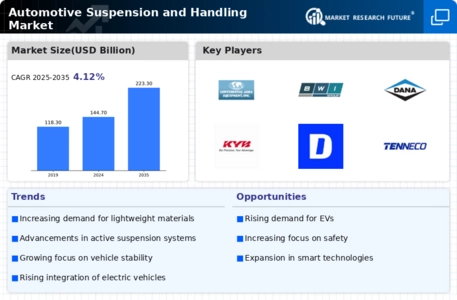
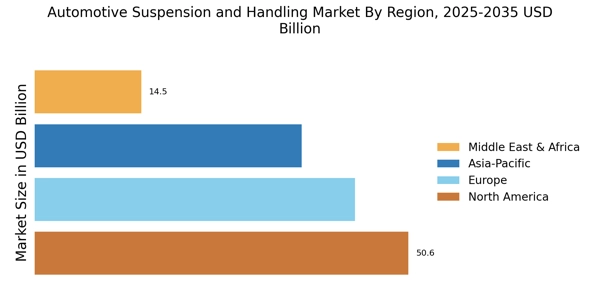
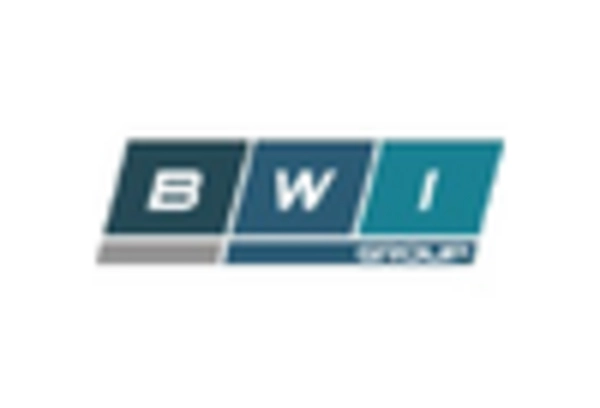

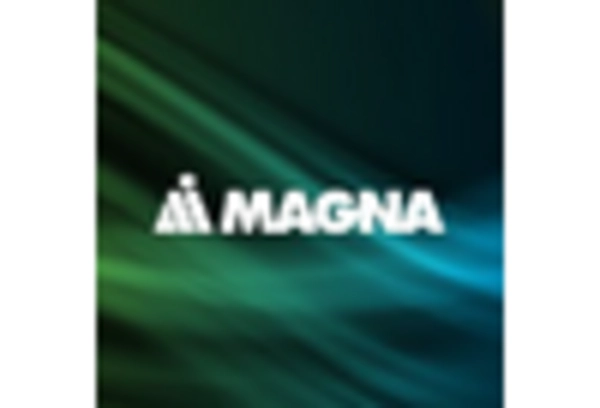
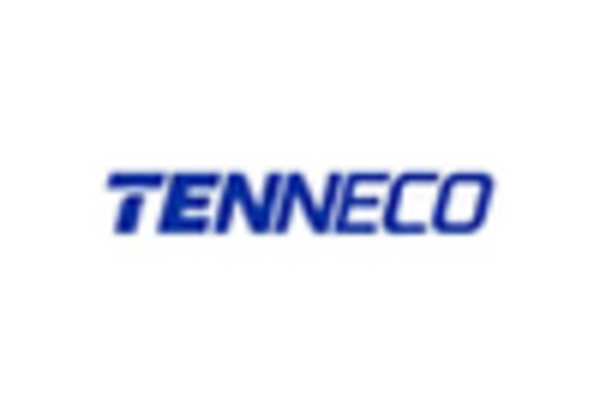
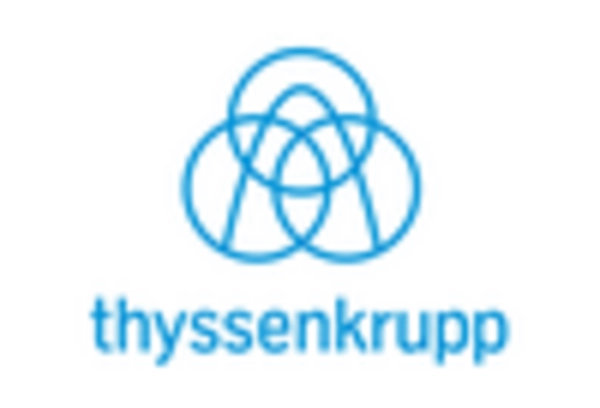
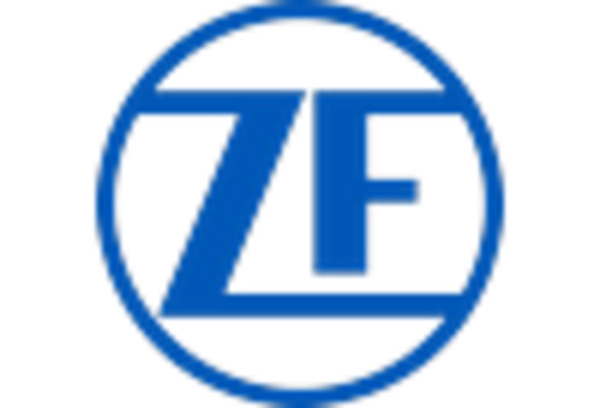








Leave a Comment